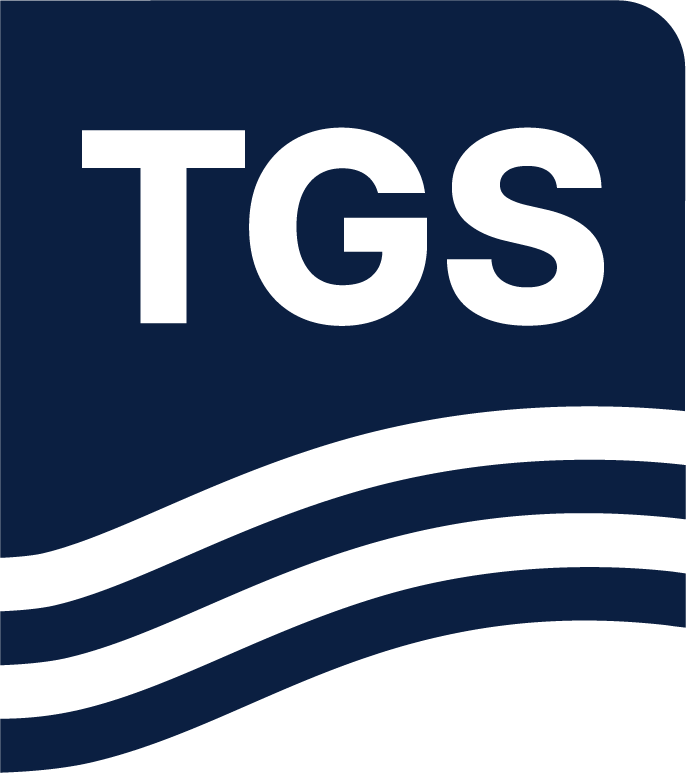Recently refocused exploration interests in the Equatorial basins of Brazil have highlighted the
deepwater potential for the region. Drilling results from the Anhangá deepwater well in 2024
highlights the potential of a deeper early drift and passive margin hydrocarbon kitchen in the
region. In this study we focus on the Mid and Late Cretaceous stratigraphic sequences of the
equatorial basins between the St Paul and the Four-North Fracture Zones. These sedimentary
basins cover approximately 100,000 km2, with water depths from 100 meters to greater than
4,000 meters. Seventy percent of the basin has water depths greater than 1,500 meters and is
largely un-explored for oil and gas. To date, the 2011 Harpia Pama discovery, confirming the
prospectivity of a distal kitchen, is the only well to test the deepwater region. Seismic data from
the deepwater basins of Brazil’s Equatorial Margin record a widely varied history of stratigraphic
infill. Mapped and interpreted seismic data reveal extensive play fairways here that have
analogous features to discoveries made on the conjugate margin of Equatorial Africa.
Technical Library

